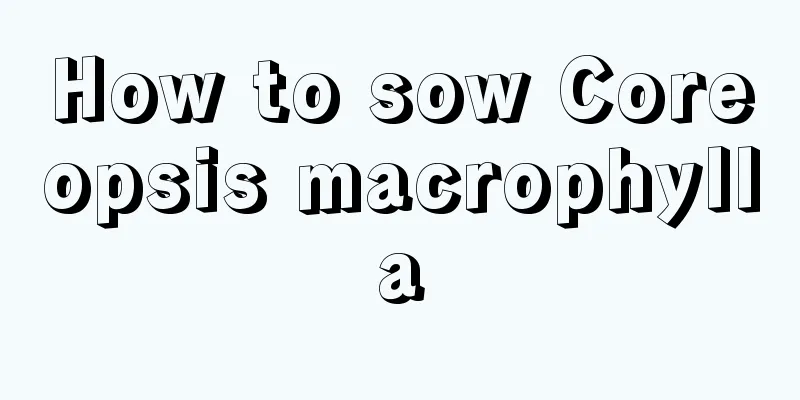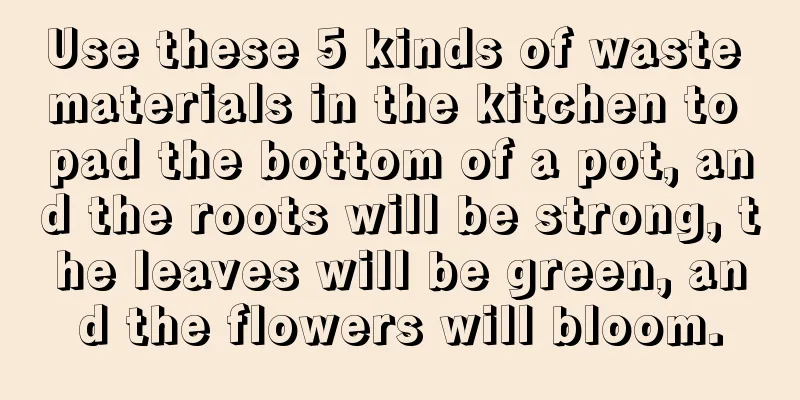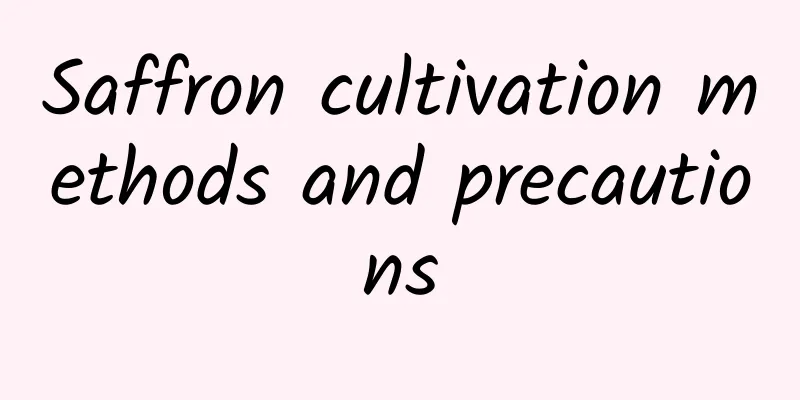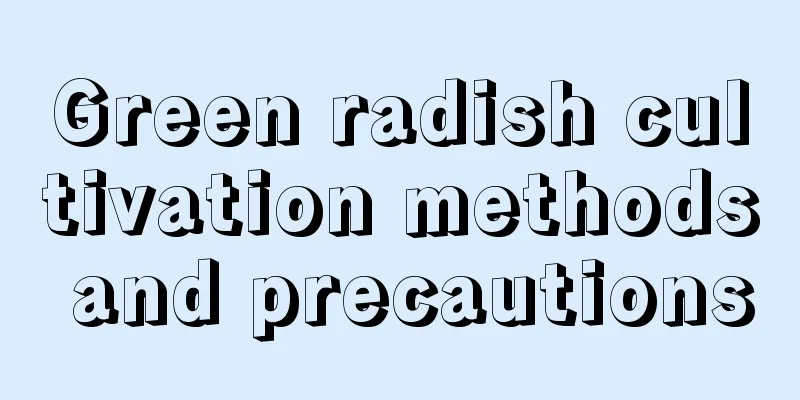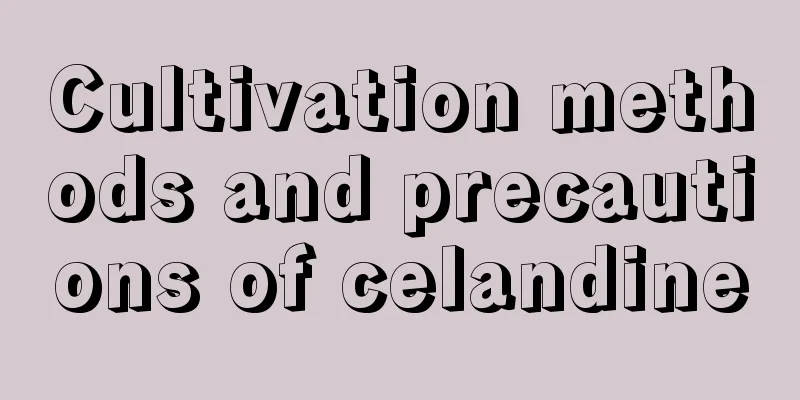Farming technology of Penaeus vannamei fry

|
Recently, the weather has gradually warmed up, the weather has become stable, the water temperature has gradually risen, and the stocking period is approaching. In recent years, the popularity of whiteleg shrimp farming has been very high, and the farming model has been constantly updated. Let’s talk about the whiteleg shrimp fry farming technology . 1. Desilting and disinfection of shrimp ponds After the shrimp are harvested, the surface silt on the bottom of the pond should be removed, the pond water should be drained in time, and then the pond bottom should be plowed with a tractor and exposed to the sun. Before stocking shrimp fry, sprinkle 100 to 150 kilograms of quicklime evenly on the bottom of each acre of shrimp pond, then add water to 20 to 30 centimeters and soak for 10 to 15 days to disinfect the shrimp pond. 2. Filter and disinfect incoming water Generally, water is added about 10 days before stocking shrimp fry. The water inlet is filtered with a 80-120 mesh silk screen to remove harmful organisms; after the water enters the water, it is disinfected with 3-5 mg/L concentration of bleach to kill pathogenic organisms in the water. 3. Apply basal fertilizer to cultivate natural bait 7 to 10 days before stocking the shrimp fry, use biological fertilizer (see product instructions for dosage) or compound fertilizer at 2 to 3 kg per mu. Ensure that when the shrimp fry are released, there is sufficient natural biological bait with good palatability and rich nutrition in the shrimp pond. 4. Control the density of shrimp fry stocking 40,000 to 60,000 high-quality and healthy shrimp fry that have been domesticated in freshwater are released per acre. The seedlings are generally first-generation or second-generation seedlings, and the stocking time is March to April. The quality of the shrimp is checked before stocking, mainly focusing on its ability to swim against the current and its clustering ability. 5. Daily management (1) Water quality control In the first month or so of breeding, the water depth is maintained at around 1 meter, and generally there is no need to change or add water; in the middle of breeding, water is gradually added to the full water level; in the later stage of breeding, water is changed appropriately according to the water quality. If the water is too clear, top dressing should be applied in time to keep the water color of the shrimp pond yellow-green or yellow-brown. Quicklime should also be added regularly to adjust the water pH to be alkaline. Use water quality protectors (zeolite powder, dolomite powder, etc.) and microecological preparations to improve water quality. In addition, every 5 mu of shrimp pond should be equipped with a 3-kilowatt aerator. According to the water quality and weather conditions, the aerator should be turned on in time to maintain sufficient dissolved oxygen in the pond water (above 3 mg/L). (2) Feeding Feed high-quality and efficient compound feed , and choose No. 1 to 3 compound feed according to the size of the shrimp; the specific feed amount should be determined according to the actual food intake of the shrimp, as well as water quality, water temperature and other conditions. (3) Shrimp disease prevention Controlling the occurrence of shrimp diseases is the key to determining the success or failure of Penaeus vannamei farming . In addition to thoroughly disinfecting the shrimp pond, water disinfection is also an important preventive measure. It is best to have shrimp ponds and special water storage ponds in a ratio of 5:1. The water from the outside river is first strictly disinfected in the storage tank before being added to the shrimp pond. If water from outside rivers is directly added to the shrimp pond, the entire shrimp pond water should be disinfected in time. Water disinfection should be carried out regularly (10 to 15 days) during the disease season. In addition, during the disease season, regularly add some vitamin C, allicin, Bacillus, immune polysaccharides, etc. to the bait to increase the shrimp's resistance to disease. That’s it |
<<: Cultivation methods and precautions for cactus grafted with Christmas cactus
>>: When should fennel be sown?
Recommend
Learn to disinfect the "soil" in this way, there will be fewer insects, and the branches and leaves will be shiny and the flowers will bloom more vigorously!
In fact, when the leaves of plants and flowers at...
Cultivation methods and precautions of longevity chrysanthemum
1. Breeding methods 1. Potting soil: It has relat...
How to propagate Gloriosa
Gloriosa radiata cuttings Before the Gloriosa ger...
Flying dragon pruning method
1. Prepare tools Appropriate tools are the basis ...
How to grow lucky bamboo so that it is green and vigorous?
Lucky bamboo , as a common household foliage plan...
What kind of flower pot is suitable for aloe vera pictures
What kind of flower pot is suitable for aloe vera...
The flower language and legend of passionflower
The flower language of passionflower - longing Th...
How to grow white jasmine in winter
White jasmine is an evergreen tree of the genus M...
How to propagate Luweihua (sowing and division process)
1. Seed propagation 1. Sowing time: The sowing ti...
How to care for pine bonsai
No water accumulation Pine bonsai can survive wel...
What is the best month to plant cabbage? When is the best time to plant it?
What month is suitable for planting cabbage? Gene...
How to plant the Christmas cactus bought online
1. Prepare the soil Before the Christmas cactus p...
How to quickly root the hydroponic green radish
1. Aerial roots 1. What are aerial roots? The key...
How to deal with edible lilies after they bloom
Treatment of edible lily after flowering 1. Pruni...
Cattleya repotting method
1. Time to change pots After 2-3 years of plantin...



